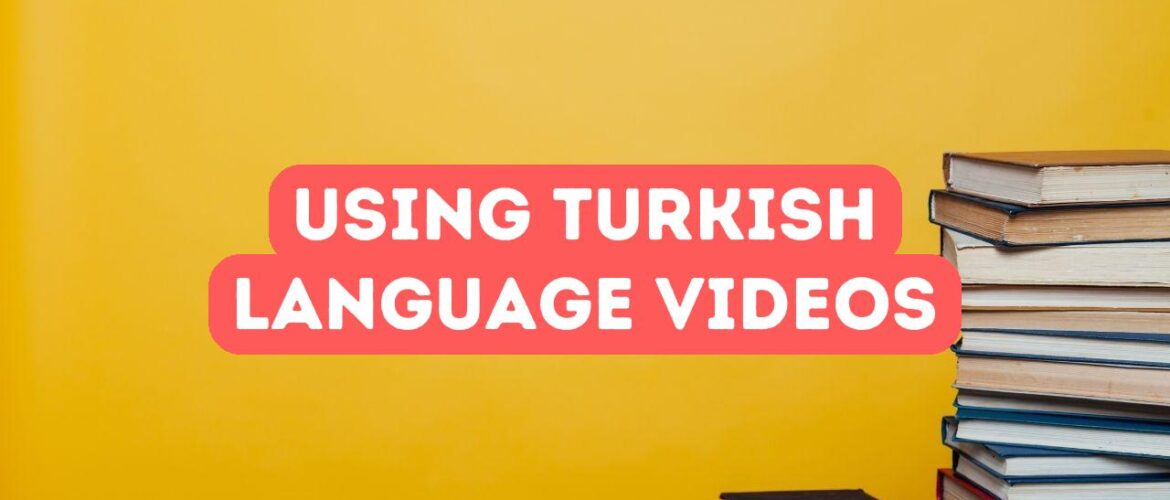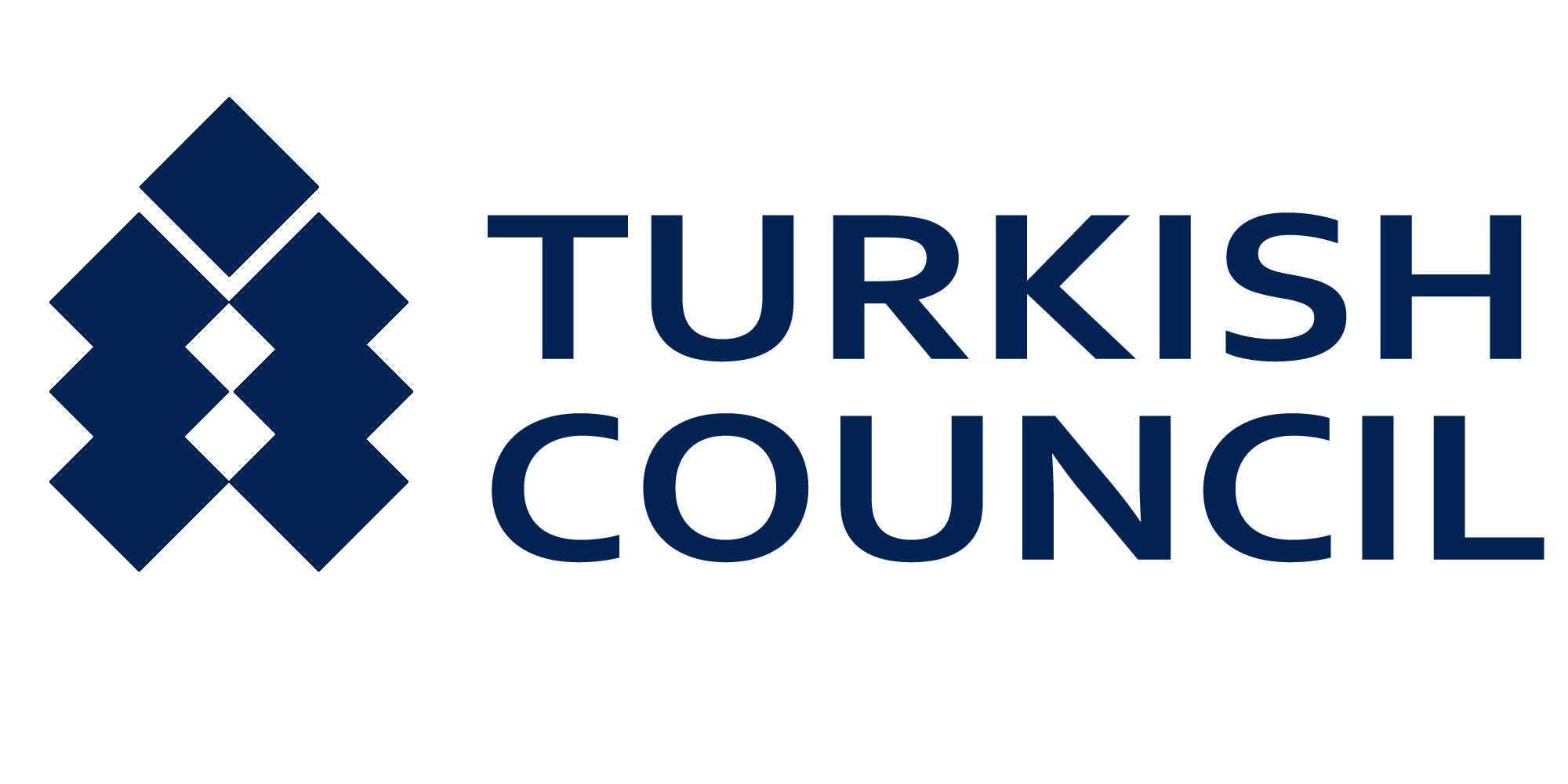Blog
How to Use Turkish Language Videos
- October 7, 2024
- Posted by: Burak Ünal
- Category: Turkish Education

In an increasingly globalized world, mastering a second language such as Turkish can open countless doors for personal and professional growth. At Turkish Council, we understand that traditional classroom learning might not always fit into your busy schedule, which is why we emphasize the use of Turkish language videos as an effective, flexible learning tool. These videos can serve as an immersive experience, bringing the authentic sounds, rhythms, and cultural nuances of the Turkish language right into your home. Whether you are just starting out or looking to refine your skills, leveraging video content can enhance comprehension and retention, making your language journey both exciting and practical. Join us as we explore the various strategies for incorporating Turkish language videos into your study routine to achieve fluency more efficiently.
Selecting the Best Video Resources
When selecting the best video resources for learning Turkish, it’s important to choose content that is both engaging and relevant to your current proficiency level. Start by exploring a mix of professionally produced educational videos and authentic Turkish media, such as TV shows, movies, and news broadcasts. This blend ensures that you are exposed to both structured lessons and everyday conversational Turkish. Pay attention to the video’s focus on various aspects like vocabulary, grammar, and cultural insights, as these elements are essential for comprehensive learning. Additionally, opt for resources that offer subtitles or transcripts to help you follow along and reinforce your understanding.
Equally important is the consistency and quality of the video resources you choose. Look for reputable platforms that specialize in teaching Turkish, such as YouTube channels, language learning websites, and streaming services with educational content. Many platforms offer playlists or series that systematically build on previous lessons, ensuring a structured progression in your language skills. Another useful feature to consider is the presence of interactive elements, such as quizzes or practice exercises, which can enhance engagement and reinforce the material learned. Remember to read reviews and recommendations from other learners to gauge the effectiveness and suitability of the content for your specific learning needs.
Lastly, ensure that you diversify your video resources to keep your learning experience fresh and multifaceted. Incorporate a mixture of formats such as documentaries, interviews, and even vlogs from Turkish speakers, which can provide realistic context and a wide range of vocabulary. Engaging with different types of content can also expose you to various dialects, accents, and speech patterns, better preparing you for real-life conversations. Additionally, consider incorporating videos that are specifically tailored to your interests, whether they be cooking, travel, or history, to make the learning process more enjoyable and personally relevant. By varying your sources and subjects, you will not only prevent monotony but also cultivate a richer and more dynamic understanding of the Turkish language.
Incorporating Videos into Your Learning Routine
One of the most effective ways to incorporate Turkish language videos into your learning routine is to create a dedicated schedule that aligns with your existing commitments. Start by setting aside specific times each day or week to focus solely on watching and engaging with Turkish content. This could include everything from news segments and soap operas to educational videos tailored for language learners. By consistently dedicating time to watching these videos, you not only build a habit but also immerse yourself in the natural flow of the language. Remember, consistency is key, and even short, daily sessions can lead to significant progress over time.
Another proven strategy is to actively engage with the content rather than passively watching. This can be achieved by pausing videos to repeat phrases out loud, noting down new vocabulary, and even mimicking the intonation and pronunciation of native speakers. Subtitles can also be incredibly useful; starting with English subtitles for comprehension and gradually transitioning to Turkish subtitles will help improve your listening skills. Additionally, consider interactive videos that include quizzes or prompts to ensure you are following along and absorbing the material. Engaging actively with the content transforms a passive viewing session into a dynamic learning experience, enhancing both vocabulary acquisition and pronunciation accuracy.
Finally, supplement your video learning by joining online communities and discussion groups where Turkish language videos are frequently shared and discussed. Engaging with other learners and native speakers online can provide invaluable support and additional practice opportunities. Social media platforms, forums, and even dedicated language learning apps can offer a wealth of resources, including video recommendations, pronunciation tips, and cultural insights. By interacting in these communities, you not only gain diverse perspectives but also stay motivated and accountable in your language learning journey. Collaborative learning can amplify the benefits of using Turkish language videos, making the process more social and enjoyable.
Enhancing Comprehension Through Interactive Techniques
To maximize the benefits of Turkish language videos, it is essential to engage in interactive techniques that enhance comprehension. Start by watching videos with subtitles in both Turkish and your native language. Pause frequently to absorb new vocabulary and replay segments to solidify your understanding. Taking notes and mimicking native speakers’ pronunciations will further aid in internalizing the language. Additionally, participating in online forums or discussion groups focused on the video content can create a community learning experience, allowing you to ask questions, share insights, and practice conversational Turkish in a supportive environment.
Incorporating quizzes and exercises related to Turkish language videos can also significantly boost your understanding and retention. Many video platforms offer interactive quizzes that test your comprehension immediately after watching, helping you assess your progress and identify areas needing improvement. Utilize language learning apps that synchronize with video content to provide tailored exercises focusing on vocabulary, grammar, and listening skills. Engaging in these activities not only reinforces what you’ve just learned but also turns passive watching into an active educational experience. Remember, the key to language mastery is consistent practice, and integrating such interactive techniques ensures that your study sessions remain dynamic and productive.
Another effective way to enhance comprehension through Turkish language videos is by creating summaries or recaps of what you’ve watched. After viewing a video, try to summarize the key points in Turkish, either verbally or in written form. This method forces you to recall and organize information actively, which enhances memory retention and understanding. Additionally, teaching what you’ve learned to someone else can further solidify your knowledge and reveal any gaps in your understanding. If possible, record your summaries and listen to them later, noticing areas for improvement in your fluency and pronunciation. By integrating these productive review techniques, you can deepen your grasp of the language and steadily progress towards fluency.
- Buy Our Online Turkish Language for Beginners: https://courses.turkishcouncil.org/courses/learn-turkish-a1/
- Visit Turkish Council for Turkish Course Visa Invitation Letter: https://www.turkishcouncil.org
- Visit Turkey Residence Agency for Your Immigration Requests: https://www.residentturkey.com
- Visit Gordion Partners for Investment in Turkey: https://www.investment.com.tr
- Visitez Campus Turquie si vous parlez français: https://www.campusturquie.org
Disclaimer: This article is for general informational purposes only and you are strongly advised to consult a professional to evaluate your education. No liability is accepted that may arise from the use of the information in this article.
